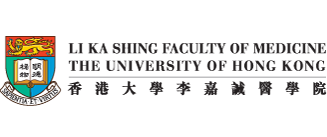Home > Tables & Figures
Tables & Figures
Tables
Table 3.3 General patterns of antifungal susceptibility
| FLU | ITR | 5FC | AMB | VOR | POS | CAS | MFG | AFG | |
|---|---|---|---|---|---|---|---|---|---|
| Yeasts | |||||||||
| C. albicans | S | S | S | S | S | S | S | S | S |
| C. tropicalis | S | S | S | S | S | S | S | S | S |
| C. glabrata | S-DD to R | S-DD to R | S | S-I | S | S | S | S1 | S |
| C. krusei | R | S-DD to R | I-R | S-I | S | S | S | S | S |
| C. lusitaniae | S | S | S | S-R | S | S | S | S | S |
| C. parapsilosis | S | S | S | S | S | S | I | S1 | S |
| C. guillermondii | S | S | S | S | S | S | I | S | S |
| Cryptococcus neoformans | S | S | S | S | S | S | R | R | R |
| Trichosporon | R | I | R | I | S | S | R | R | R |
| Moulds | |||||||||
| Fusarium | R | R | R | ++ | ++ | ++ | R | R | R |
| Aspergillus | R | + | + | + | ++ | +++ | ++ | ++ | ++ |
| Pseudallescheria | R | S | R | R | ++ | ++ | R | R | R |
| Zygomycetes | R | + | R | + | R | + | R | R | R |
| Dimorphic fungus | |||||||||
| H. capsulatum | + | ++ | R | ++ | ++ | ++ | R | R | R |
| P. marneffei | + | ++ | + | ++ | ++ | ++ | R | R | R |
S, susceptible; S-DD, susceptibility is dose-dependent; I, intermediate; R, resistant
Amphotericin B (AMB); 5-flucytosine (5FC); fluconazole (FLU); itraconazole (ITR); posaconazole (POS); voriconazole (VOR); caspofungin (CAS); anidulafungin (AFG); micafungin (MFG)
Note:
1: Sporadic cases of breakthrough C. glabrata and C. parapsilosis infection have been reported in the literature.
Reference: (169–179)















